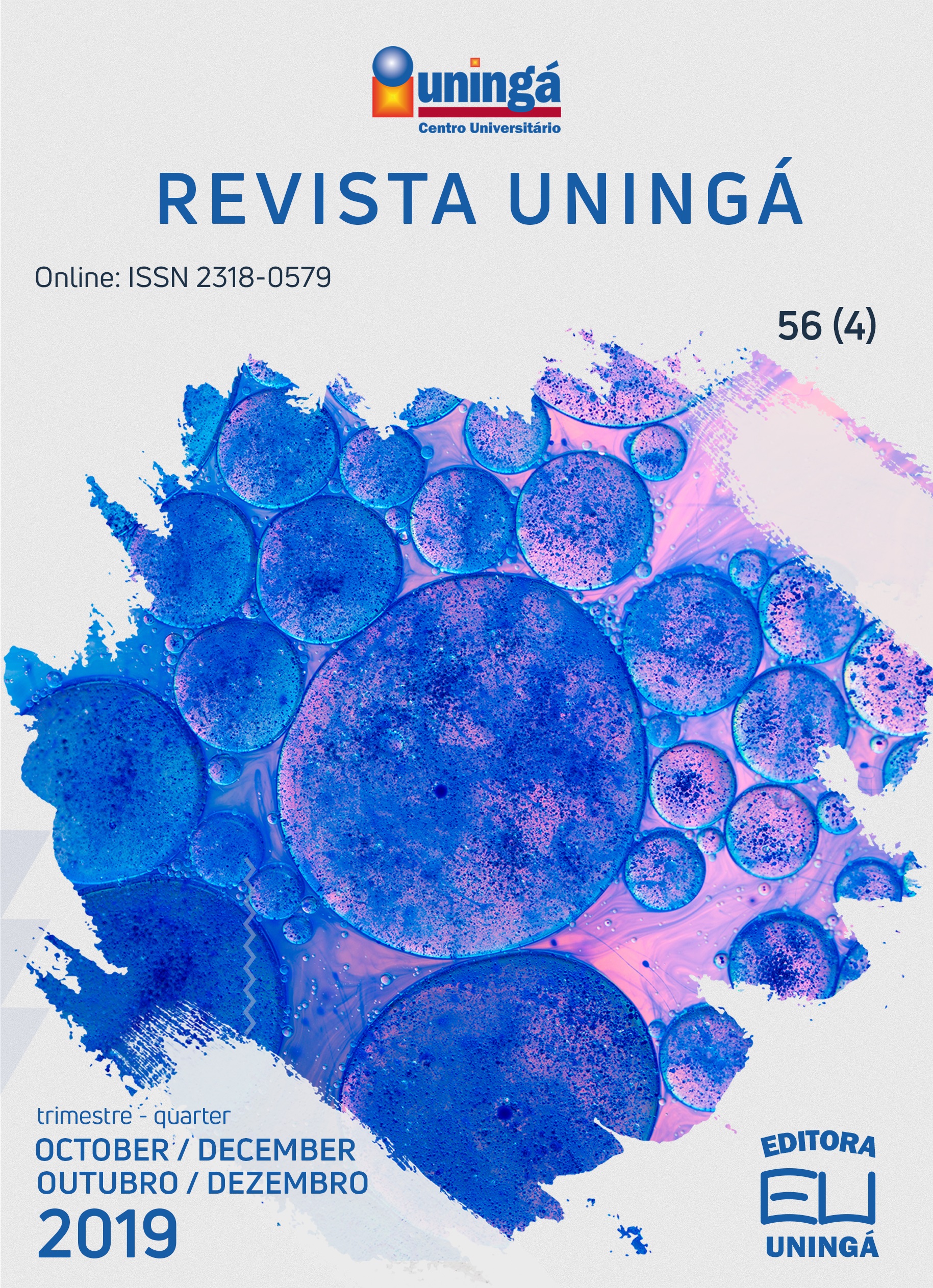CRIPTOCOCOSE DISSEMINADA EM PACIENTE IMUNOCOMPETENTE: RELATO DE CASO
DOI:
https://doi.org/10.46311/2318-0579.56.eUJ2562Keywords:
Criptococose, Neoplasia, Desafio, DiagnósticoAbstract
Introdução: a criptococose é uma micose sistêmica que possui como agente etiológico o fungo Criptococcus neoformans, nas variedades neoformans (o agente etiológico principal) e gatti. A infecção primária ocorre nos pulmões a partir da inalação do patógeno (via de transmissão inalatória), acometendo principalmente indivíduos imunodeprimidos, podendo se apresentar de maneira assintomática ou sob a forma meningoencefálica (apresentação mais comum) e com acometimento pulmonar (segunda forma mais comum). Relato de caso: o paciente apresentou, inicialmente, queixas neurológicas associadas a um achado incidental de formação cística pulmonar, culminando com posterior achado de calcificação nodular cerebral e suspeita diagnóstica de neoplasia cerebral metastatizada em sítios pulmonares. A suspeita foi descartada após a realização da citologia de líquido biológico e exame anátomo patológico de um nódulo pulmonar que confirmaram o diagnóstico de criptococose. O tratamento foi realizado com Fluconazol por seis meses havendo melhora do quadro radiológico e sintomatológico da doença. Discussão: há relação comprovada entre a criptococose e os excrementos de aves ricos em nitrogênio, principalmente de pombos, que atuam como vetor principal do fungo, e o paciente descrito relata que um mês antes do início das manifestações da doença, esteve em contatos íntimos com as aves. Conclusão: o relato de caso ilustra a incidência da criptococose na população de menor prevalência da doença e revela a importância do diagnóstico clínico correto nesses pacientes, pois ela pode se revelar como um desafio diagnóstico, o que incentiva posteriores estudos para sua melhor compreensão.
Palavras chave: criptococose, neoplasia, diagnóstico, desafio.
ABSTRACT
Introduction: cryptococcosis is a systemic mycosis that has the etiological agent Cryptococcus neoformans, in the varieties neoformans (the main etiological agent) and gatti. Primary infection occurs in the lungs from the inhalation of the pathogen (inhalation transmission route), affecting mainly immunocompromised individuals and may present asymptomatic or meningoencephalic (most common presentation) and pulmonary involvement (second most common form). Case report: the patient initially presented neurological complaints associated with an incidental finding of pulmonary cystic formation, culminating with later finding of cerebral nodular calcification and suspected diagnosis of metastatic cerebral neoplasm in lung sites. The suspicion was discarded after performing the cytology of biological fluid and anatomical pathological examination of a pulmonary nodule that confirmed the diagnosis of cryptococcosis. The treatment was performed with Fluconazole for six months, with an improvement in the radiological and symptomatic picture of the disease. Discussion: there is a proven relationship between cryptococcosis and excrements of birds rich in nitrogen, mainly pigeons, which act as the main vector of the fungus, and the described patient reports that one month before the onset of the disease, he was in intimate contact with the birds. Conclusion: the case report illustrates the incidence of cryptococcosis in the population with the lowest prevalence of the disease and reveals the importance of the correct clinical diagnosis in these patients, because it can be a diagnostic challenge, which encourages further studies for better understanding.
Downloads
Downloads
Published
How to Cite
Issue
Section
License
I declare/we declare that the text submitted here is original, of my own authorship and does not infringe any type of third party rights. The content is my/our sole responsibility. Possible research involving animals and/or human beings is in accordance with Resolution 196/96 of the National Health Council and its complements. I declare that I am/we are in possession of the written consent of patients and that the research and its procedures were timely and adequately approved by the Ethics Committee of the institution of origin. We further declare that all institutional affiliations and all sources of financial support for the work are duly informed. I certify that there is no commercial or associative interest that represents a conflict of interest related to the submitted work. If there is commercial interest, in addition to the technical and academic ones, in the publication of the article, the information will be reported during the text.



































